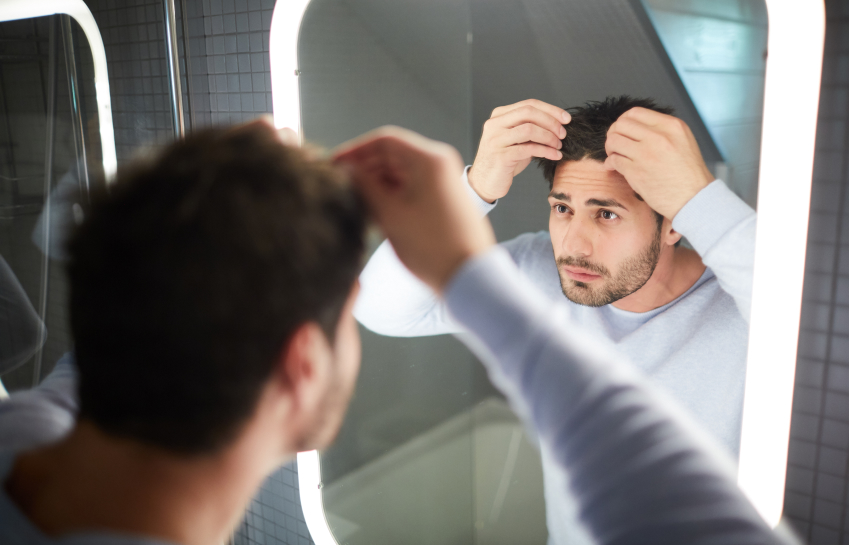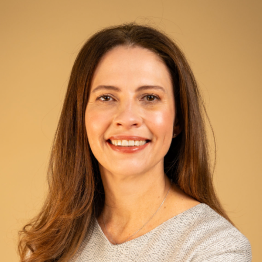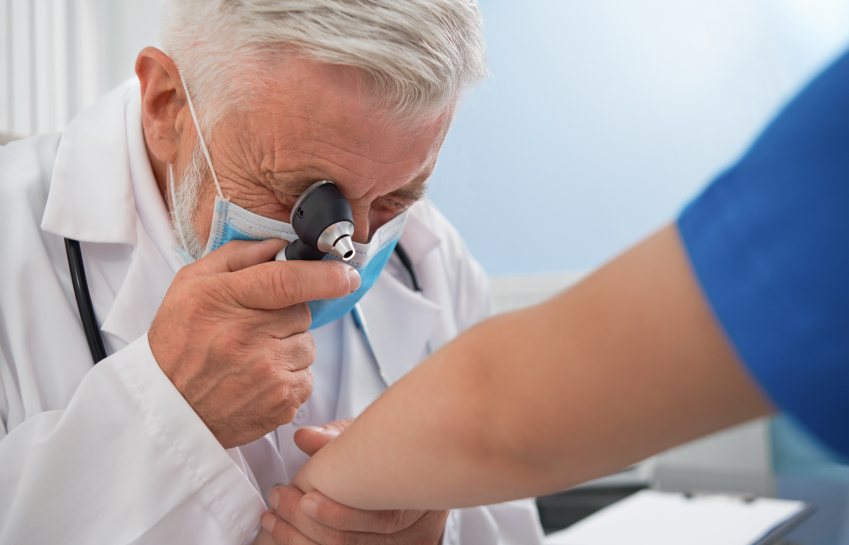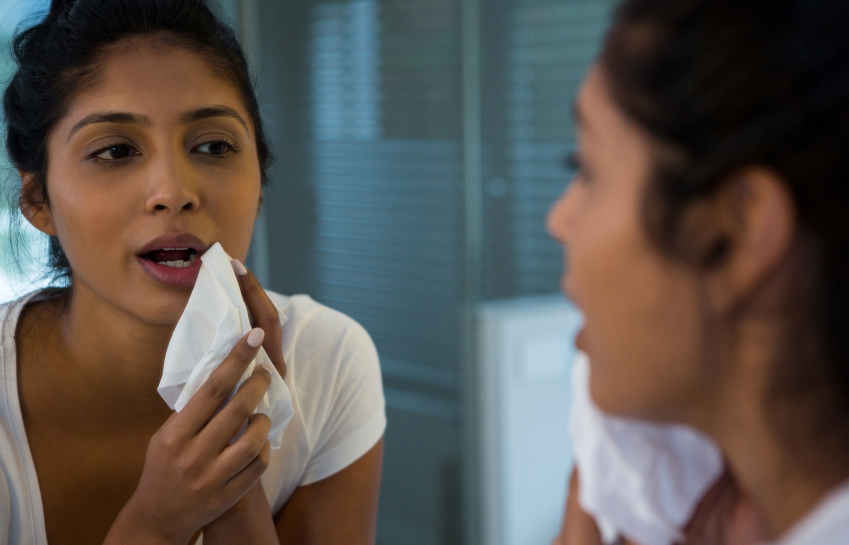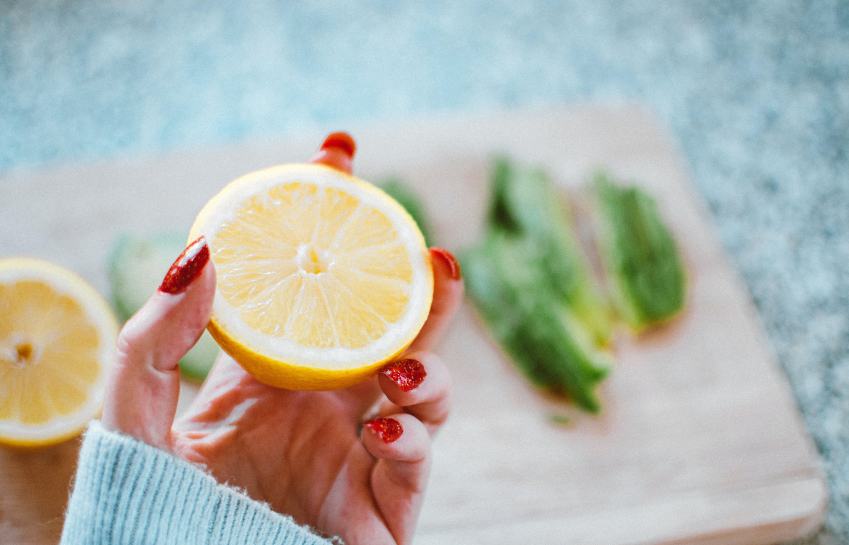To understand hair loss, we first need to understand hair growth, and the three phases of hair growth.
Anagen is the growth phase the first phase, it lasts from 2 to 6 years. The longer this stage lasts the longer the hair grows, normally about 80% of your hair is in the Anagen stage.
Then we have catagen which lasts two weeks, this is the second stage, this is when the hair follicle renews itself and telogen is the resting phase or the third phase. The follicle lies dormant for 1 to 4 months 12 to 20% of hairs are actually in this phase and as telogen ends, anagen begins again,
It’s a cycle and it’s a process. The existing hair is pushed out of the pore, by the new growth and it naturally shreds, when the follicles slowly miniaturises, the anagen phase is reduced and the telogen phase becomes longer.
Hair loss or hair thinning is a condition that usually occurs later in life and can be a result of something such as changing hormone levels. Hair loss can be psychologically distressing. There are a lot of other causes of hair loss which can include nutritional deficiencies, infections, psychological conditions but there are many treatments for this problem which can include medications laser light therapy, carboxytherapy, or mechanical stimulation.
Sudden or unexpected hair loss, can often indicate a more serious health condition and this needs medical attention.
Hair loss is usually contributed to 4 main factors. Genetic‘s, age, hormones, or disease. These factors contribute to gradual shrinking of the tiny cavities in the skin, at the base of the hair, known as scalp or hair follicles, so hair grows progressively shorter and finer until no new hair grows at all.
Hair loss can be linked to medical conditions such as diabetes, obesity, high blood pressure, lupus, or thyroid club problems. Vitamin and mineral deficiencies such as iron deficiencies and vitamin A or it could be a disturbance in the hair growth cycle.
Several genetic changes have been linked to male pattern baldness. The androgen receptor gene has been confirmed dihydro testosterone or DHT. This is a male hormone, that plays a role in shrinking hair follicles. Treatments that block the formation of the hormone DHT in the hair follicles will then rejuvenate and thicken the hair’s appearance.
Male sex hormones play a role in hair loss, in both men and women, so DHT affects half of men over the age of 50, it is also linked to hair loss in women. DHT will cause hair follicles to miniaturise, treatments that block DHT, may help prevent hair loss. iPRF (platelet rich fibren), is used to reverse the process that occurs in androgenic alopecia or male pattern baldness.
So why would you choose IPF to stimulate healing, to assist with hair thinning and hair loss? Platelet-rich fibren stimulates healing. Injections that stimulate your body’s healing process, provide growth factors directly from your blood, straight to the site of the injury. Then the concentrated dose of growth factors, facilitates the action of your stem cells, as they work to repair the damage tissue.
In order to understand how it works, it’s important to be aware of the role of platelets in healing. Platelets are a component of your blood; we also have white blood cells and red blood cells in our blood. Our platelets are the first responders to a wound site, when an injury occurs, to stop the bleeding and promote healing.
Scientists have published research, that has uncovered, that if we can extract platelets from the red cells and the white cells and either inject or microneedle back into the area of damage or trauma, this will accelerate the healing process.
A sample of blood is taken and put into a machine called a centrifuge. This machine will spin the blood at a rapid rate, to separate the three components of the blood. A medical professional can then extract the concentrated platelets and reinject them into the damaged area of the body to accelerate healing, so the platelets contain a range of growth factors and proteins that speed up tissue repair.
As this is such a natural process, it has a very high safety profile with minimal side effects and reactions, therefore it is a treatment with a high success rate generally. However, it must be remembered that certain types of hair loss result in damage to the hair follicle, and therefore cannot be repaired.
The process takes about an hour. Blood is drawn from a vein and placed in a special blood container and put into a centrifuge, a machine that spins at a high rate and then the platelets can be extracted and injected or microneedled back into the scalp.
There are several sessions that may be required, depending on the extent of hair loss or hair thinning. This should all be discussed in a full medical consultation prior to treatment, to establish the cause of the hair loss, to see if there is a trigger that can be removed and to see if this treatment is actually suitable for you.
It is not a cure and maintenance doses will be required to maintain the results. When combined with medical micro-needling, the dual combination of the IPRF treatment and the mechanical trauma of stimulation from the device and the active platelets, will provide opportunity for accelerated treatment results.
It’s a promising treatment option for both men and women with thinning hair or hair loss. If you would like further information or a full consultation, I’m really happy for you to contact me for advice.
